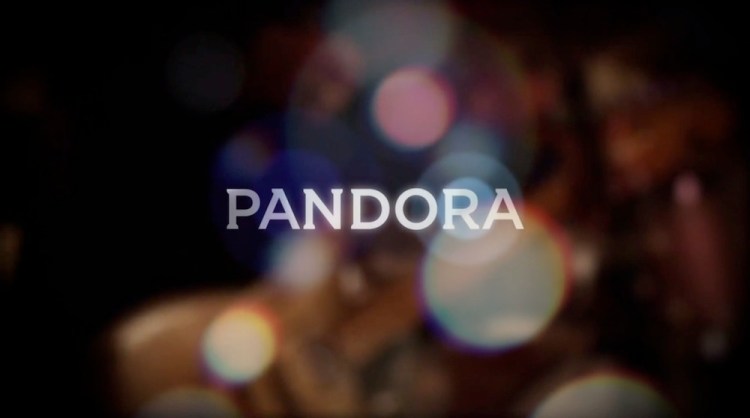Want smarter insights in your inbox? Sign up for our weekly newsletters to get only what matters to enterprise AI, data, and security leaders. Subscribe Now
Pandora is now much more attractive to advertisers who typically buy ads on terrestrial (aka traditional) radio, the company said during an earnings call today.
While terrestrial radio might be boring and filled with annoying DJs that take song requests from 13-year-old girls, it’s also where all the money is. The radio ad industry generated over $17.6 billion in revenue last year, and Pandora obviously wants a larger piece of that pie. The company’s strategy for getting that larger piece is actually pretty straightforward, too.
Pandora currently accounts for about 9 percent of all radio listening (digital and terrestrial) in the country, according to its Q1 2014 earnings report. (That’s higher than all the other digital radio services combined.) And as Pandora increases that market share, it becomes more valuable from an advertising standpoint.
But to really grab business from local radio advertisers, Pandora needed to measure its audience in a way that advertisers are already familiar with, the company explained. So it is shifting away from its own measurement data in favor of using third-party firms like Strata, MediaOcean, and Triton Digital.
“Strata and MediaOcean are built around traditional radio buying. So it’s the basics of demographics: age, gender, [geolocation]…” said Pandora CFO Mike Herring. He added that this data is what radio ad buyers use when determining what station genre to run ads on. And last month, VentureBeat broke the news that Pandora was also the first of Triton’s partners to receive accreditation from the Media Ratings Council, an organization used by the radio industry to verify that local audience measurement data is accurate.
“Pandora, because of the first-party data we collect at registration, actually has all that [audience] information in an extremely accurate fashion,” Herring said. “So it fits very well into that radio buying profile once converted.”
Pandora also opened up about the opportunity for in-car audio ads, although it declined to share financial figures. The company’s Internet radio service is available in over 5 million vehicles, but it didn’t begin running ads in cars until January. Herring noted that Pandora has been very successful in attracting larger brands for national car-ad deals, and it’s something the company plans to focus on more in the future.


